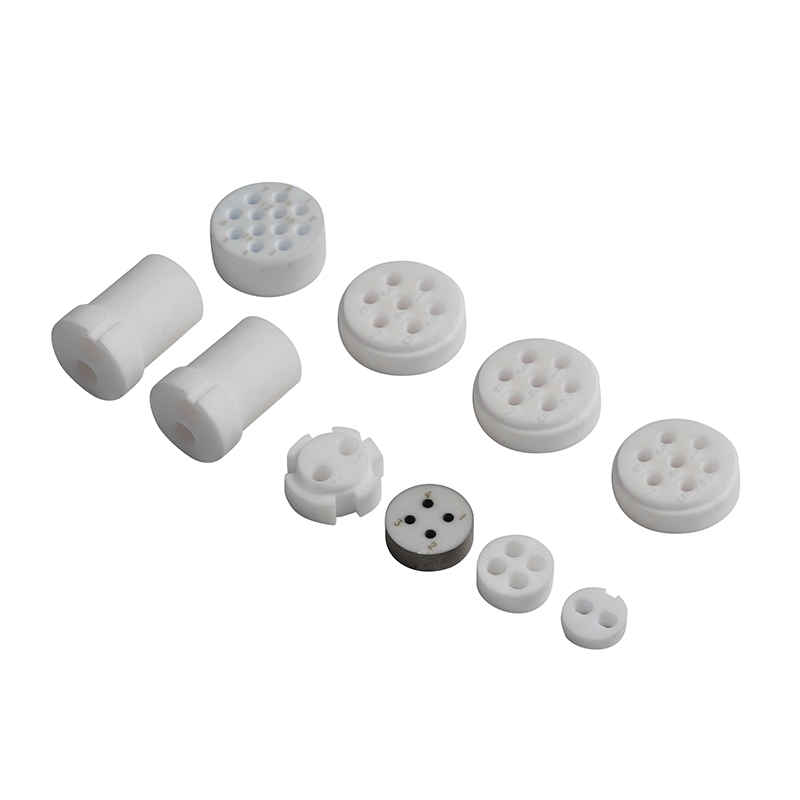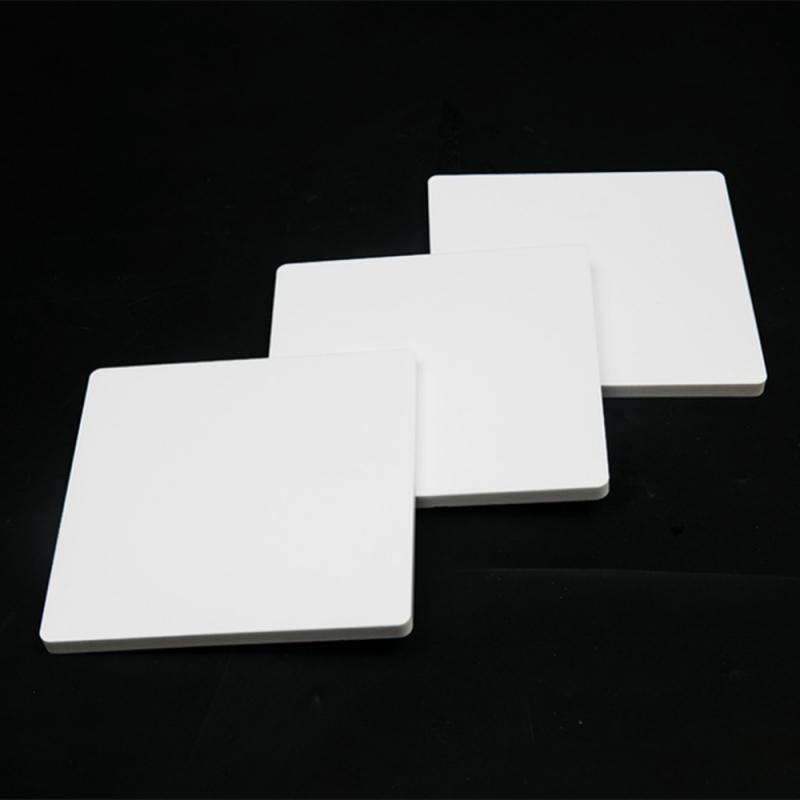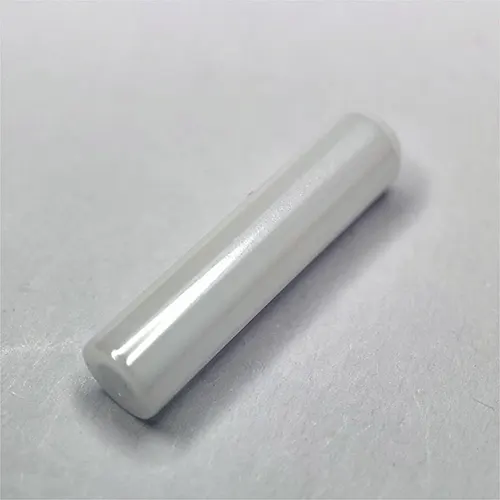Top 5 Problems Solved by Industrial Sapphire Ceramic Parts
Industrial Sapphire Ceramic Parts deliver dependable performance where metals and standard ceramics often fail. From UPCERA's vantage point - as a manufacturer specializing in the customization and processing of advanced ceramic materials - we translate demanding specifications into clean, durable, and repeatable components. Below, we connect five costly pain points with real-world solutions, then outline how to evaluate suppliers and move a design from drawing to production with confidence.
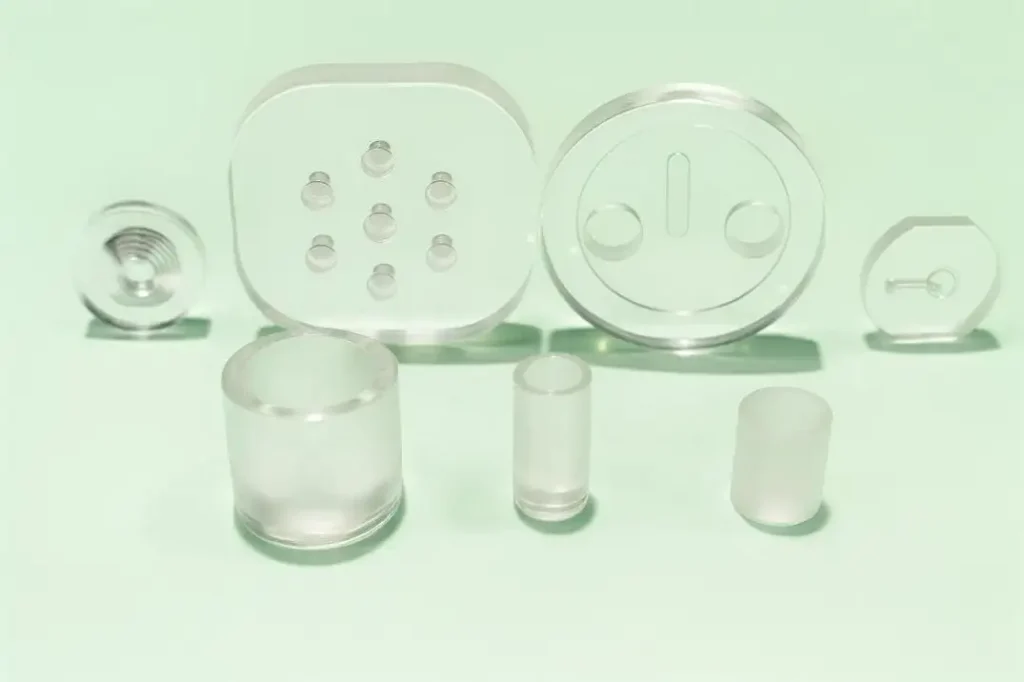
The Five Problems Manufacturers Face - And How Sapphire Parts Resolve Them
1) Excessive Wear And Surface Degradation
High-friction interfaces grind down metals and polymers, causing unplanned stoppages and frequent replacements. Sapphire, an alpha-alumina single crystal rated at Mohs 9 (second only to diamond), resists abrasion and micro-cutting in sliding, rotating, and metering applications. In practice, Industrial Sapphire Ceramic Parts keep their geometry longer, stabilize tolerances, and extend maintenance intervals. This reliability is critical for guide nozzles, seats, and protective caps in precision tools where small dimensional drift can reduce yield or distort calibration.
2) Heat, Thermal Cycling, And Thermal Shock
Process tools face bake-outs, hot starts, and occasional cryogenic dips. Sapphire remains stable from roughly −200 °C to 2000 °C, so the same component can handle heat bursts and cold restarts without cracking or warping. The crystal maintains mechanical integrity and surface finish across repeated cycles. That means fewer failed windows, fewer distorted shields, and steadier alignments in analytical instruments and process chambers - benefits that simplify safety margins and support part standardization across platforms.
3) Corrosion And Chemical Attack
Acids, solvents, and plasma species can pit or passivate metal parts, shedding particles and compromising cleanliness. Sapphire's chemical inertness blocks these pathways, keeping wet and dry process surfaces non-reactive. Industrial Sapphire Ceramic Parts protect flow paths, optical ports, and sensor faces where repeatability and low contamination are non-negotiable. Cleaner data, longer calibration intervals, and reduced risk of leachables are common results in medical devices, semiconductor tools, and industrial analyzers.
4) Electrical Insulation And Radiation Exposure
Mixed stacks often need a robust insulator that will not carbonize, track, or drift under high fields or radiation. Sapphire's strong insulation and radiation resistance make it a stable isolator for detectors, high-voltage feedthroughs, and precision assemblies. Because the material is a single crystal, properties remain consistent over time. Designers gain a reliable dielectric barrier without sacrificing cleanliness or mechanical strength, reducing recalibration and improving uptime.
5) Optical Clarity In Harsh Environments
Where windows see heat, particles, and chemicals, conventional glass loses transmission or scratches easily. Sapphire delivers superior transparency from UV to IR, allowing one window to handle inspection, alignment, and monitoring across multiple bands. Viewports, lenses, and protective covers made from Industrial Sapphire Ceramic Parts stay clear longer and need fewer changeouts. The end result is steadier signals and less downtime in metrology, laser processing, and process observation ports.
Why UPCERA Is A Strong Partner For Industrial Sapphire Ceramic Parts
UPCERA focuses on precision customization rather than one-size-fits-all stock. We align geometry, surface finish, and integration features with your assembly and operating conditions.
• Material/Design Guidance: We help select crystal orientation and section thickness to balance strength, optical transmission, and weight for the intended environment.
• Process Control: Using specialized CNC strategies plus lapping, polishing, and edge conditioning, we deliver flatness, parallelism, and surface quality tuned to sealing, optics, or motion.
• Manufacturability Built In: Slots, chamfers, counterbores, and mounting features are engineered to remain robust during machining of this hard, brittle material.
Custom sapphire machining services must control micro-chipping, residual stress, and edge quality. Our team plans clamping and toolpaths to limit subsurface damage, then validates with metrology suited to your tolerances. We also align specifications to the assembly method - o-ring compression, brazing, adhesive bonding, or mechanical preload - so the finished component seats quickly and seals reliably. Whether you need high-temperature ceramic components for optical access or insulating spacers for radiation-exposed modules, we help you trade off thickness, aperture, and finish for optimal system performance.
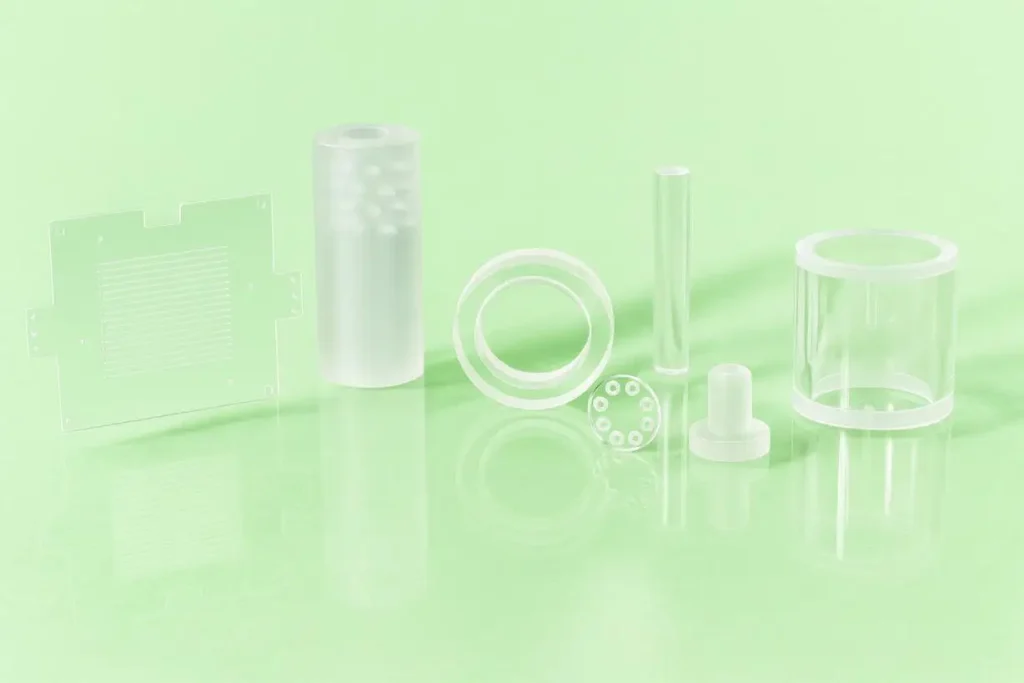
Implementation Guide, Supplier Evaluation, And Next Steps
A structured approach shortens development time and reduces risk. Use the checklist below to move from concept to qualified parts without surprises.
- Define the environment
• Temperature range (e.g., −200 °C to 2000 °C) and thermal cycling rate
• Exposure to acids, solvents, plasma, or particulate loads
• Mechanical stresses, vibration, and pressure differentials
- Clarify functional priorities
• Wear life vs. optical transmission vs. insulation strength
• Critical wavelengths (UV - IR) and target transmission
• Seal design and leak-rate targets
- Specify critical surfaces
• Flatness/parallelism for sealing planes
• Edge breaks for safe handling and reduced stress risers
• Surface finish for optics and motion interfaces
- Plan for assembly and maintenance
• Gasket type, preload levels, and torque specs
• Housing stiffness to avoid point loads on hard crystals
• Cleaning protocols to preserve transmission and seal integrity
- Prototype smart
• Start with small pilot lots to verify fit, optical throughput, and leak data after cycling
• Use representative fixtures and actual gaskets to test compression and deflection
• Capture baseline metrology so drift can be measured over time
Not every face needs micron-level flatness. Prioritize surfaces that contact seals, optics, or motion. Relax tolerances on non-critical features to improve yield and lead time. Consider standardizing thickness and apertures across multiple tools to simplify spares and reduce inventory costs.
- What Good Supplier Collaboration Looks Like?
A capable partner will share process notes early, highlight risk features, and propose practical tweaks that improve machinability without compromising function. Expect clear inspection plans, traceable metrology, and transparent communication on polishing sequences and edge conditions. With Industrial Sapphire Ceramic Parts, these details - seemingly small - drive big differences in service life and stability.
Call To Action
Facing wear, heat, corrosives, or unstable optics? UPCERA can help you turn chronic failures into stable, scalable performance. Send your drawing or application brief, and our engineers will recommend a manufacturable design and finishing plan aligned to your budget and timeline. Talk to UPCERA today to explore Industrial Sapphire Ceramic Parts that last longer, run cleaner, and protect the accuracy of your instruments.
 English
English 中文
中文
